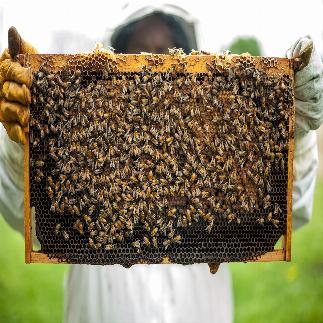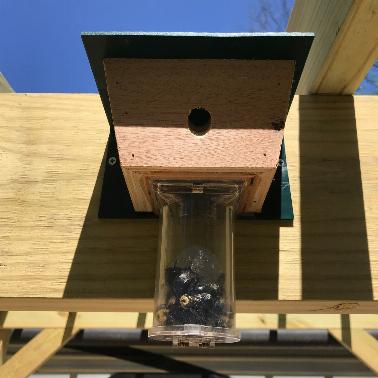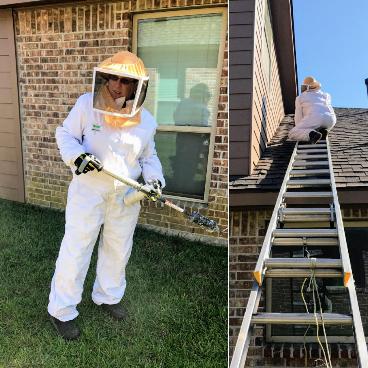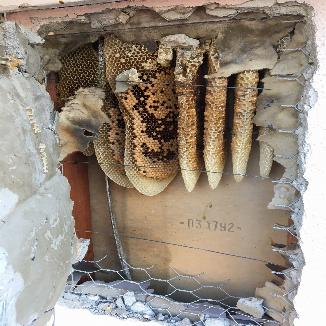Basic Bee Keeping Techniques Every Novice Should Know!
Beekeeping is a fun and challenging yet highly rewarding experience! Diving deep into this new hobby, however, requires understanding a wide range of new terms and techniques while also investing in tools, equipment, and live bees. From joining beekeeping online communities to reading trusted blogs on the topic, there are a large number of resources that cater to novice beekeepers. Of course, it all starts with learning basic bee keeping techniques that help your hive thrive.
Knowing how to inspect and manipulate a colony while also monitoring for pests and diseases will ensure that your colony thrives year-round while providing delicious honey! Periodicals and books offer fantastic amounts of help, but having the right techniques down pat is the true key to success.
Basic Bee Keeping Techniques To Learn
*Setting Up The Hive
It’s crucial to set the hive in a location where the bees will thrive but their presence won’t disturb family or neighbors.
*Equipment Management And Using The Right Tools
Apart from beekeeping tools necessary to ensure the survival of the colony, it’s crucial to also purchase the right protective gear. Your entire body should have adequate protection against stings!
*Colony Inspection
During the winter, the colony needs no inspection. However, once spring arrives, the queen starts laying eggs and that’s when the colony starts to thrive. As such, regular inspections are necessary.
*Moving The Bees
Though dangerous and ill-advised, moving the bees is possible with proper care and technique.
*Inspecting The Health Of The Colony
You can tell that a colony of bees is thriving if the queen is constantly laying a new brood. Usually, the largest bee is the queen, and though she is hard to find, she will clue you in as to the health of the colony.
*Honey Extraction
At the end of the season (summer), you will need to extract the honey. However, this requires skill and technique as you must manipulate the supers in order to access the goods.
*Winter Preparation
Depending on where you live, you will need to make the necessary preparations to keep your hive safe for the colder months of the year.
Beekeeping requires a wide range of tools and a solid understanding of the different techniques involved. The above list of basic techniques is by no means comprehensive, but it offers a solid starting point for those looking to start with this rewarding new hobby while ensuring the longevity of their investment!



